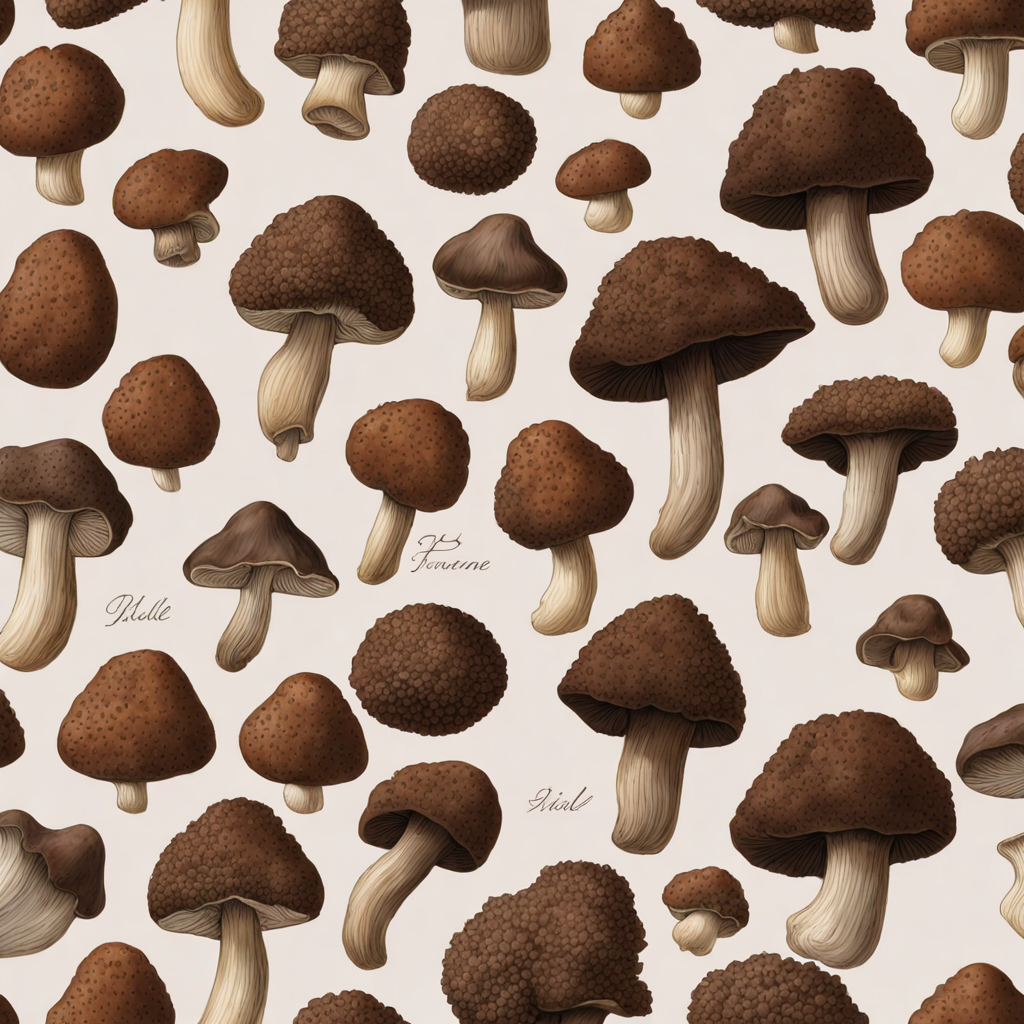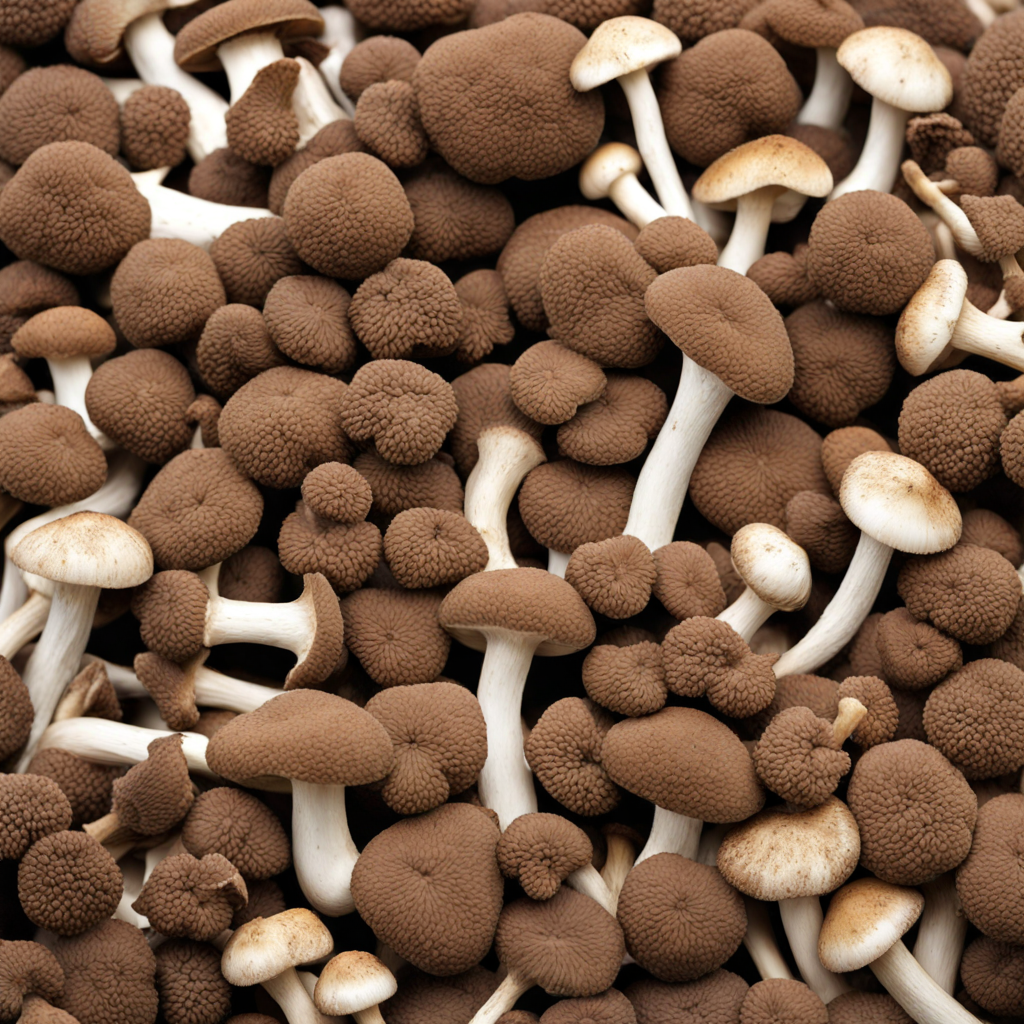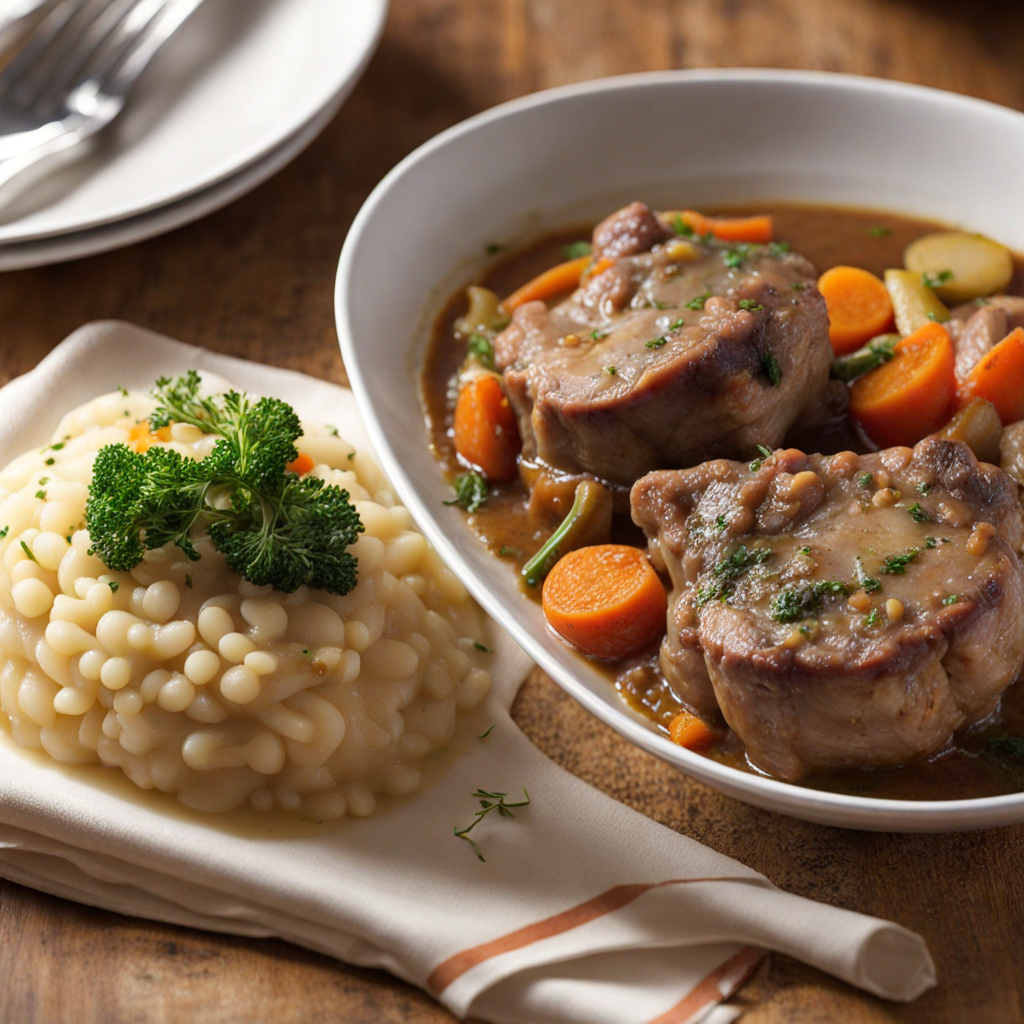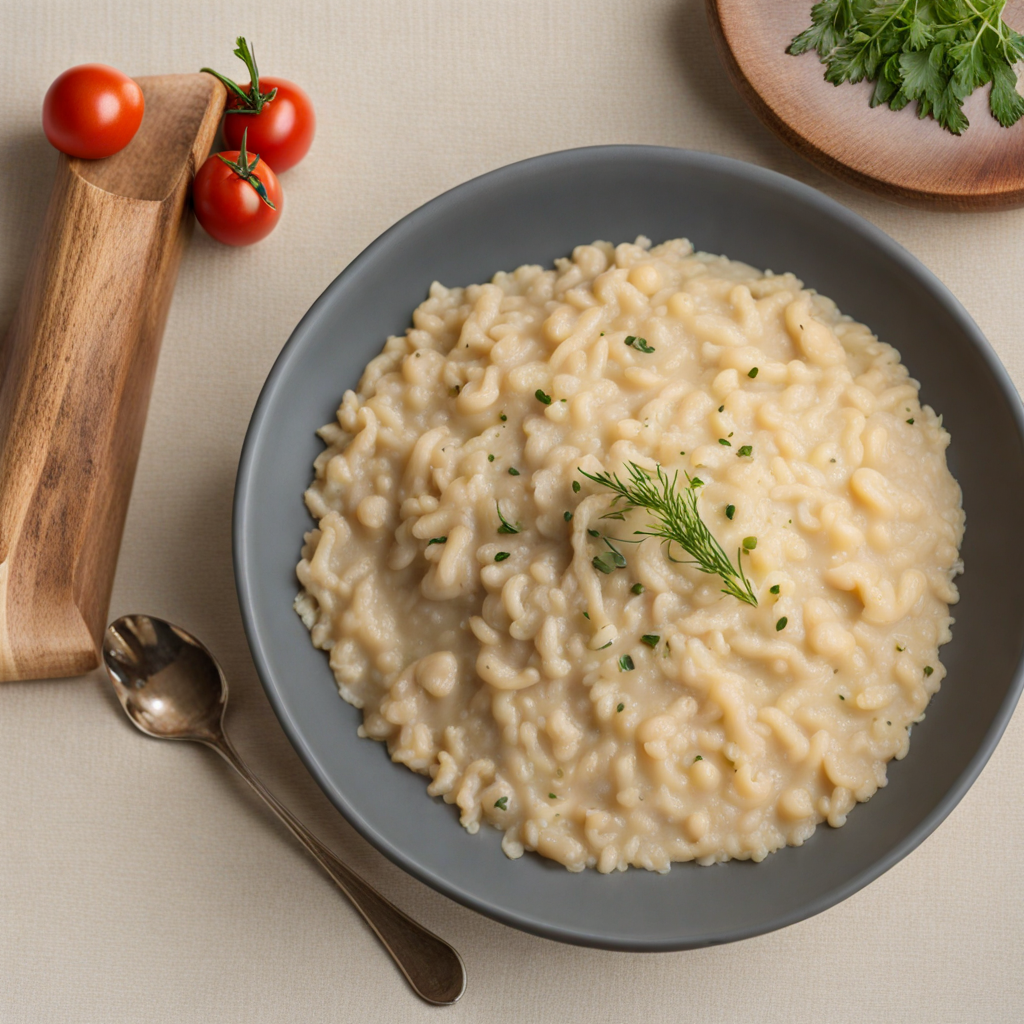Truffle
Truffles are a luxurious and rare delicacy that originates from the rich, earthy soils of Italy, particularly in regions like Piedmont and Tuscany. These fungi, which grow underground in symbiosis with tree roots, have a unique aroma that is often described as musky, earthy, and slightly sweet. The most sought-after varieties include the white truffle, known for its intense fragrance, and the black truffle, which boasts a more subtle, yet complex flavor profile. Both types are harvested with the help of specially trained dogs or pigs that can detect their pungent scent, making their discovery an exciting culinary adventure.
How It Became This Dish
Origins of Tartufo Tartufo, or truffle, is a delicacy that has captivated the palates of gourmets for centuries, particularly in Italy. The history of tartufo dates back to antiquity, with references found in the works of classical authors such as Pliny the Elder, who wrote about the mysterious, underground fungi in his encyclopedic work, "Natural History." Ancient Romans believed truffles were formed from the combination of rain, lightning, and the earth, attributing magical properties to them. The most esteemed varieties of truffles originate from the regions of Piedmont, Tuscany, and Emilia-Romagna. Among these, the white truffle from Alba is particularly renowned, celebrated annually during the Alba White Truffle Festival. The festival showcases not only the prized truffles but also the region's culinary heritage, attracting chefs and enthusiasts from around the world. \n\n Cultural Significance Truffles have long been associated with luxury and indulgence in Italian culture. Historically, they were often found in the wild and foraged by skilled hunters and their dogs. This practice has evolved into a sophisticated industry, where truffle hunting is not just a means of gathering food but a cultural event that fosters a deep connection with the land. The symbolism of truffles extends beyond mere gastronomy; they represent the rich biodiversity of the Italian countryside and the artisanal practices that have been passed down through generations. In Italian cuisine, the use of truffles is steeped in tradition. Chefs have learned to incorporate this ingredient into a variety of dishes, from simple pasta drizzled with truffle oil to luxurious risottos and creamy sauces. The flavor profile of truffles is complex, often described as earthy, musky, and reminiscent of garlic, which enhances the culinary experience. As a result, truffles have become a sought-after ingredient in both rustic and high-end dining establishments. \n\n Evolution of Tartufo Over Time The cultivation and appreciation of truffles have evolved significantly since their discovery. In the 19th century, the advent of scientific understanding regarding the growth of truffles shifted the perception from mystical to agricultural. Farmers began to experiment with truffle cultivation, particularly in regions where they were traditionally foraged. This marked the beginning of a new era in truffle production, allowing for a more consistent supply and accessibility to this once elusive ingredient. By the 20th century, truffles had entered the global culinary lexicon. Italian chefs took center stage, showcasing their expertise in using truffles in various dishes. However, the truffle industry faced challenges, such as overharvesting and the impact of changing climates, which threatened natural truffle habitats. In response, efforts were made to protect wild truffle populations and promote sustainable harvesting practices. \n\n Modern Truffle Culture Today, Italy remains at the forefront of the truffle industry, with various festivals and events celebrating this culinary treasure. The truffle market has expanded significantly, leading to a rise in both demand and prices. The white truffle of Alba can fetch astonishing prices at auction, sometimes reaching thousands of euros per kilogram. This has drawn both admiration and scrutiny, as the high costs can lead to ethical concerns regarding overexploitation and the commodification of natural resources. In addition to traditional foraging, truffle farming has gained popularity, with truffle orchards sprouting up across Italy and beyond. These farms cultivate specific tree species, such as oaks and hazelnuts, which create the ideal conditions for truffle growth. This shift has allowed for more controlled production and has opened the door for truffle enthusiasts and chefs to have access to this coveted ingredient year-round. \n\n Influence on Global Cuisine The influence of Italian tartufo extends far beyond its borders. As chefs around the world embrace the unique flavor of truffles, the ingredient has found its way into various international cuisines. In France, for instance, truffles are used in traditional dishes such as "truffe en croûte," where truffles are encased in pastry, and "tartiflette," a creamy potato dish. The global culinary community has recognized the versatility of truffles, incorporating them into diverse recipes, from Asian-inspired sauces to luxurious desserts. Furthermore, truffle-infused products, such as oils, salts, and sauces, have become a staple in gourmet kitchens across the globe. These products allow home cooks to experience the essence of truffles without the hefty price tag associated with fresh ones. As a result, the allure of tartufo continues to thrive, even as it adapts to modern culinary trends. \n\n Conclusion of Tartufo History The journey of tartufo from its ancient origins to its contemporary status as a culinary icon illustrates the profound relationship between food, culture, and history. Truffles are more than just a luxurious ingredient; they embody the traditions, landscapes, and stories of the regions from which they come. As the world continues to evolve, the appreciation for this remarkable fungus endures, ensuring that tartufo remains a cherished component of Italian culinary heritage for generations to come.
You may like
Discover local flavors from Italy







